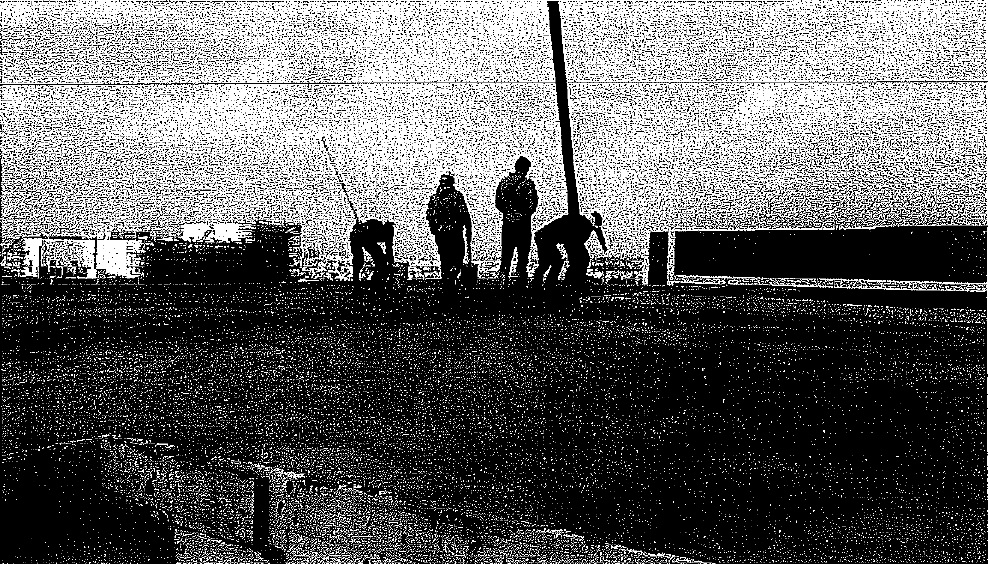Anatomy of a complete collapse

A magisterial inquiry into the tragic death of Jean Paul Sofia has exposed a complete collapse of the checks and balance of the construction industry. These ranged from bad planning, structural deficiencies, lack of enforcement to institutional loopholes.
Though it was widely accepted that the construction industry in Malta needed an overhaul, the findings of this inquiry were nonetheless shocking. This was not simply a case of negligence but one of failures across the board which went beyond the imagination of many.
Thanks to this inquiry it was established the this ‘project’ was vitiated from the very beginning as even the commencement notice was invalid, in view of the fact that the signatures had been forged.
The collapse was the result of glaring structural deficiencies both in the design and construction phase, with the wrong choice of beams and haphazard calculation on how the structure was supposed to carry the load.
While the investigation, it also transpired that the architect in charged of the project, who apparently supervised the works through her mobile phone as she was never spotted on sight by the employees, started transferring her assets following this tragedy. Such conduct fuelled suspicions.
Another aspect under the spotlight was the planning process itself, with the inquiry questioning why under existing planning laws such large-scale project (a timber store in an industrial zone) should be exempt from the full planning scrutiny and be processed through a development notification order – a type of permit which is not even sufficient to make a minor alteration in a residential building. Furthermore, the fact that these works were never under the radar of the Occupational Health And Safety Authority or the Building Construction Agency, prompted serious concerns of institutional failings
However, the magisterial inquiry pointed out that its remit was not to go into such institutional failings as its terms of reference were to look into criminal liability. Such investigation required a different course of action – a public inquiry. This is why government’s crusade against launching a public inquiry had fuelled widespread outrage and condemnation which ultimately forced a spectacular U-turn.
The damning findings have vindicated the calls for a public inquiry. What is even more worrying, is that following this case doubts might be cast on the structural integrity of buildings constructed under the same regime (or lack of) of planning laws, checks and balances. This is why we have already lost precious time. Let us hope this public inquiry starts in ernes and its findings are acted upon immediately.
